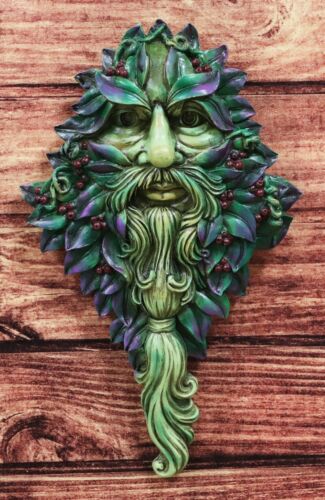-40%
Celtic Irish Scottish Lighter Knotwork High Polish Chrome LIVE LONG & PROSPER
$ 5.26
- Description
- Size Guide
Description
Celtic Irish Scottish Lighter Knotwork High Polish Chrome LIVE LONG & PROSPERCeltic Knotwork
Polished Chrome
Lighter
"LIVE LONG & PROSPER"
Condition
: New
Color
: Brightly polished Stainless Steel
Size
: 2 1/4" x 1 7/16"
Fuel
: Uses liquid lighter fluid (not included),
though we have an incredible butane insert in our store (not included)
Ships
: In a metal gift tin
We also have Celtic jewelry, pocket watches, belt buckles, lighters, presentation gift knives, pocket knives, and many other Celtic themed items in our store.
Dont pay a ridiculous price for a wind-proof lighter! This premium crafted stainless steel lighter features original artwork and the words Live Long & Prosper in green.
The Celts were a people who lived close to nature, and who recognized the spirit within all things. They closely identified with the elemental forces of a living land, the cycle of the seasons, and the patterns of the stars. They believed in the continuity of life, rebirth, and regeneration. This belief is symbolized in the highly complex, interwoven patterns that reoccur throughout Celtic design over the centuries.
Celtic art is the highly stylized curvilinear art that originated during the second half of the 1st millennium BC among the Celtic peoples of Iron Age Europe. The term refers to two separate traditions: La Tene art, which was named for a major Celtic site in Switzerland and was produced by the pre-Christian Celts from the 5th century BC until the 2d century AD; and Christian Celtic art, which was produced in Britain and Ireland from AD 400 to 1200. The term also sometimes refers to Scottish and Irish works of the 16th century to the present that borrow freely from Celtic Christian art.
La Tene art is distinctive of the La Tene phase that followed the Hallastat phase (c.750-500 BC) of the Celtic Iron Age. First developed in an area extending from the upper Danube to the Marne and centered in southern Germany, the La Tene art style spread widely through continental Europe. It appeared principally on objects of fine metalwork, including bracelets, torcs (neck rings), weaponry, and household and ritual vessels fashioned of bronze, gold, silver, and iron. A few objects of decorated woodwork and painted pottery have survived, but examples in other materials have for the most part perished.
La Tene art grew out of the native art of the Hallstatt Celts, who had evolved their own tradition of geometric patterns and stylized animals. During the period of the early La Tene style (early 5th to mid-4th century BC), the Celtic artist experimented with new forms and a great diversity of ornament. Highly influential were Greek and Etruscan motifs. Through other contacts, the Celts also became acquainted with a wide array of fantastic animal forms derived from the Steppe art of the nomadic Scynthians.
After the 2d century AD Celtic art effectively died out in Britain. It was revived in the 5th century with the production of brooches, hanging bowls, and other objects. The revival represents a separate tradition from that of the La Tene Celts, which was rapidly transmitted to Ireland, where some La Tene art may have survived, and there reached its greatest heights. The objects decorated in the new Christian tradition are mainly ecclesiastical and include metal reliquaries, stone crosses and cross-decorated stone slabs, and gospel books produced in the Early Christian monasteries. These Illuminated Manuscripts were decorated with the graceful interlaced lines and stylized animal heads reminiscent of pagan Celtic art. The Book of Kells , an illuminated manuscript believed to date from the 9th century, is generally regarded as one of the finest examples of Christian Celtic art.
Buy more at
eBay PatchesAndStickers
and
eBay SurvivorsEdge
.
United States Marine Corps USMC Items, Firefighter First Responders Search and Rescue Law Enforcement Gear, Camping Hiking World Travel Gear, Arkansas Sharpening Stones, Survival Knives, Karambit Knives, Polymer Knives, Cigar and Tobacco Pipe Accessories. SurvivorsEdge is a Service-Disabled Veteran-Owned Small Business (SDVOSB).










